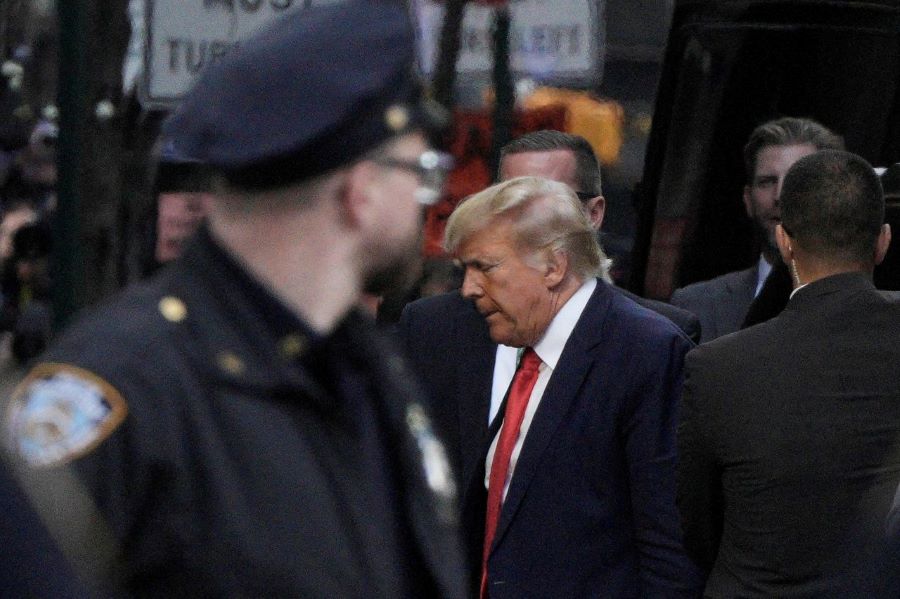At the outset of the run-up to the 2020 election, Joe Biden made bold promises, vowing to become “the most pro-union president you’ve ever seen.” Since assuming office, he has undertaken measures to honor this commitment. These measures encompass appointing a former union official as Secretary of Labor, staffing the National Labor Relations Board with pro-union members, and notably. Becoming the first sitting president to participate in a picket line. Despite these efforts, Biden’s support among union members and workers in general remains surprisingly weak. Donald Trump, his predecessor, also made significant efforts to court the support of the working class during his tenure.
A Shift in Allegiance
Recent polling reveals a significant shift in the allegiance of union members. In an October survey conducted by The New York Times/Siena. Donald Trump and Biden were found to be tied among union members in six swing states. This stands in stark contrast to the eight-point lead Biden held among these voters in 2020. This shift is not confined to the white working class but extends to working-class people of color, indicating a broader trend in labor demographics.
Understanding the Disaffection
The question arises: what factors contribute to Biden’s weakness among union voters? Despite his administration’s pro-union policies, many working-class voters feel disconnected from the Democratic Party, according to Bloomberg report. They perceive it as out of touch with their cultural priorities and economic interests. In contrast, Trump GOP appears more responsive to their concerns, fostering a sense of alignment with the working-class ethos.
Dissecting the Dynamics
Several theories attempt to explain this political realignment. Some attribute it to resentments against immigrants, minorities, and urbanites, while others point to the influence of online disinformation. However, beneath these surface explanations lie deeper issues. Many workers find that the Democratic Party’s agenda does not resonate with them, gravitating instead towards Trump policy priorities.
The Changing Role of Unions
Historically, union membership held significant social and cultural significance, shaping identities and fostering a sense of community among workers. However, this narrative has evolved. Today, unions often align closely with the Democratic Party, reflecting the outlook of its professional class rather than that of rank-and-file members.
The Path Forward
As the political landscape continues to evolve, both parties must navigate the complexities of appealing to working-class voters. While Biden’s administration has made strides in pro-labor policies, Trump broader appeal resonates with many in the working class, blunting the impact of these initiatives. The dynamics of union support in American politics are complex and multifaceted. As the 2024 election approaches, understanding these nuances will be crucial. Both parties seeking to secure the support of union voters and working-class Americans alike must take heed.
Embark on a year-long journey with the WSJ Print Edition, delivered right to your home or office every weekday and Saturday. As a bonus, enjoy round-the-clock online access to WSJ, granting you complete entry to digital news, refreshed content, live WSJ TV, audio articles, and a vast news archive. Don’t miss out – subscribe today and secure an impressive 30% discount.

